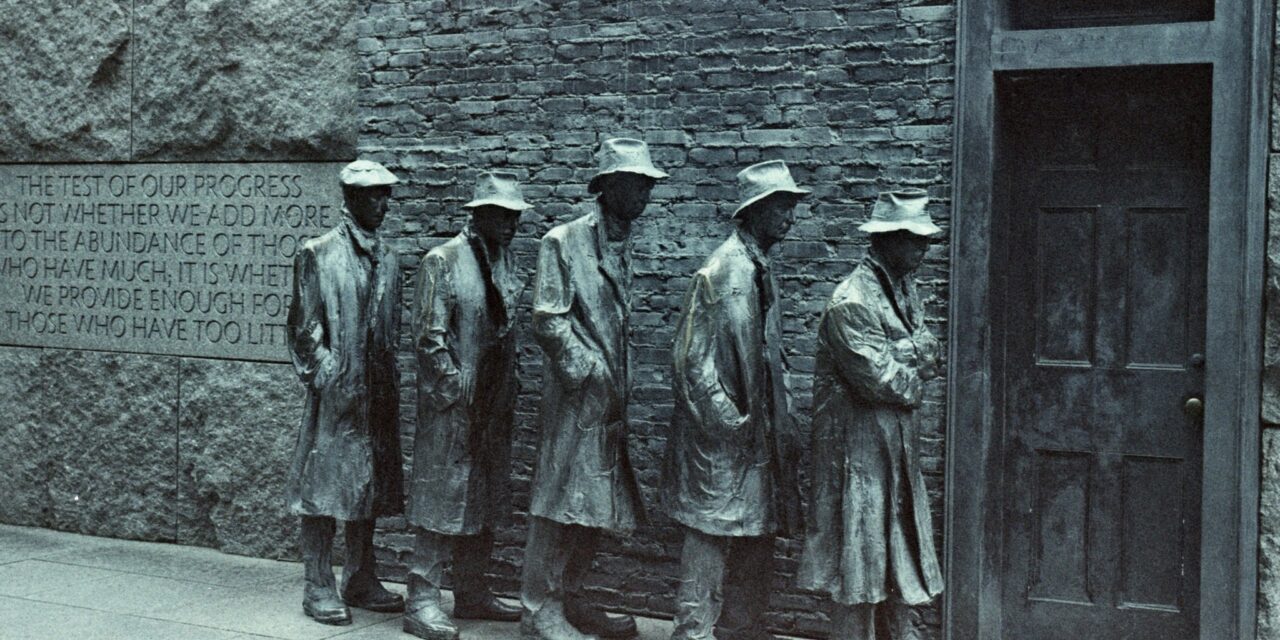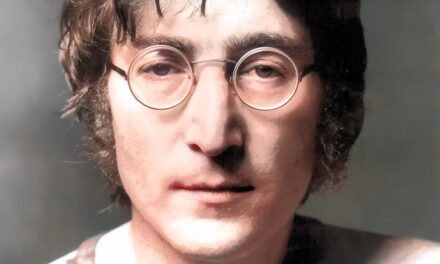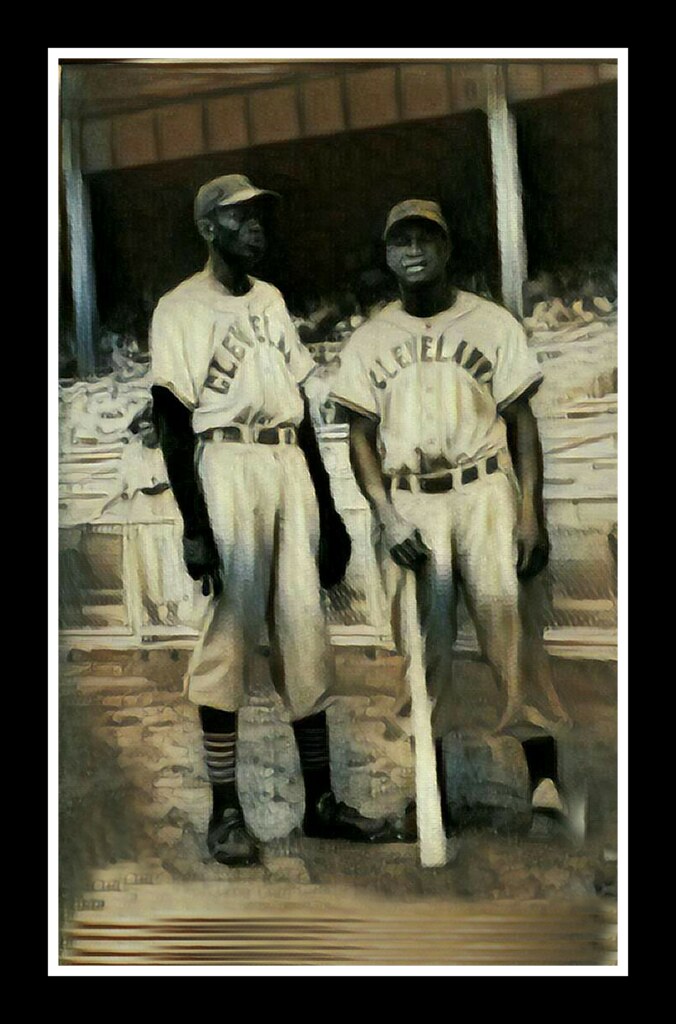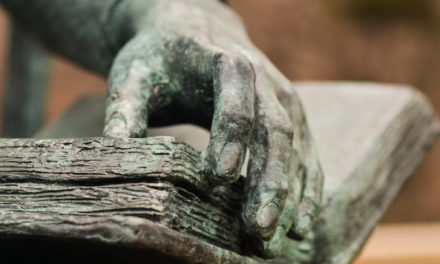Cleveland History
Gateway Sports and Entertainment Complex Completion (October 28, 1996): The Gateway Sports and Entertainment Complex, which includes Progressive Field and Rocket Mortgage FieldHouse, was officially completed. This complex has since hosted Cleveland Indians (now Guardians) baseball games and Cleveland Cavaliers basketball games, contributing significantly to the local economy and sports culture.
Impact of the Great Depression on Cleveland (October 29, 1929): This date marks the onset of the Great Depression, significantly affecting Cleveland’s industrial sectors, especially manufacturing, coinciding with Black Tuesday.
Cleveland’s “Red Line” Extension (October 30, 1967): Cleveland’s first subway, the “Red Line,” was extended to the west side, providing crucial public transit connectivity and marking a significant expansion in the city’s public transportation infrastructure.
Dedication of Cleveland’s Health Museum (November 1, 1952): The Cleveland Health Museum, now known as the Health Education Center, was dedicated on this date, highlighting its role in pioneering health education in the United States.
Groundbreaking of Lorain-Carnegie Bridge (November 2, 1927): The Lorain-Carnegie Bridge (later renamed the Hope Memorial Bridge) broke ground, initiating the construction of what would become one of Cleveland’s architectural icons, known for its “Guardians of Traffic” statues.
World History
October 28, 1886: The Statue of Liberty was officially dedicated in New York Harbor. The statue was a gift from France to the United States to commemorate the centennial of the American Declaration of Independence. The dedication ceremony was presided over by President Grover Cleveland, and the statue has since become an enduring symbol of freedom and democracy.
October 29, 1929: Known as “Black Tuesday,” this date marks the most devastating stock market crash in the history of the United States, signaling the beginning of the 10-year Great Depression that affected all Western industrialized countries. It was the culmination of the Wall Street Crash that began in late October 1929 and had profound effects on the global economy.
October 30, 1938: Orson Welles’ radio adaptation of H.G. Wells’ “The War of the Worlds” was broadcasted, famously causing panic among listeners who believed the fictional news bulletins about a Martian invasion to be real. This event highlighted the power of the media and its potential to influence public behavior.
November 1, 1952: The United States conducted the first successful detonation of a hydrogen bomb, codenamed “Ivy Mike,” at Enewetak Atoll in the Marshall Islands. This marked a significant advancement in nuclear weapons technology during the Cold War, escalating the arms race between the United States and the Soviet Union.
November 3, 1957: The Soviet Union launched Sputnik 2, carrying Laika, the first animal to orbit the Earth. Although Laika did not survive the mission, her journey provided scientists with the first data on the biological effects of spaceflight, paving the way for human space exploration.






